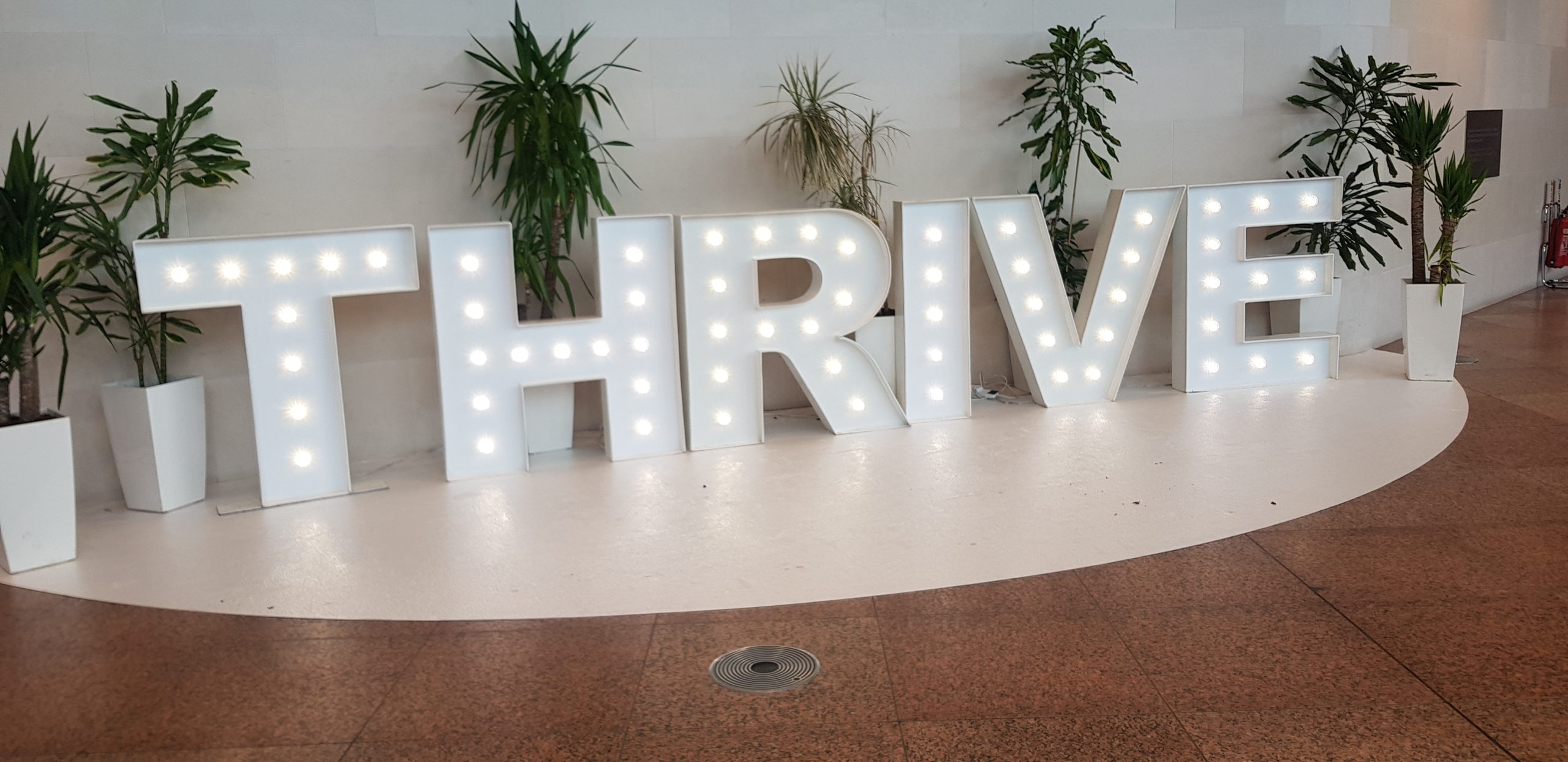Real or not too real? A Christmas Tree debate
Every year, the same argument is had about whether a real or an artificial tree is the best choice for our environment. We decided to take a real (pardon the pun!) look at both options…
For many people who celebrate Christmas, a genuine evergreen is a festive and romantic symbol of family, tradition, and nostalgia. In many households, it’s a nonnegotiable, seasonal staple whose pros far outweigh any cons. But when we are all so aware of the environmental impact of chopping down trees, many of us want to know if having a real tree is a bad idea.

The case for artificial trees:
You can reuse it year after year and surely this is a good thing for the environment. And if budget is your biggest concern, this might make your decision easier too. Although the average price of a fake tree can run into some crazy money, if you do shop around, you can get one pretty cheap. But the whole point of an artificial tree is that you can use it year after year (hence lessening the impact on the environment), so if you are leaning towards artificial, try to invest in one that will last you at least 10 years.
They’re no-mess and no-maintenance. Of course, real trees can be high-maintenance. It’s one exceptional houseplant you’ll need to tend to on a daily basis, and not everyone has the time or patience to deal with the constant hoovering of pine needles! One of the obvious reasons to get an artificial spruce is to eliminate the hassle of watering, sweeping, trimming, and worrying about the right placement for optimal freshness. And you won’t need to lug it to the end of the driveway or a nearby recycling program post-Christmas.
The case for real trees:
They’re Biodegradable and Recyclable. So, yes, cutting down trees is bad. But there is a bit more to the story. These trees are a sustainable crop like any other natural crop, Typically each tree cut down is replaced with one or two new trees in Ireland. Furthermore, trees brought to local authority depots are turned into mulch for parks, putting carbon into the soil. Locally sourced trees which are composted are sustainable and environmentally friendly. (Note: make sure you know where your tree comes from!)

You can buy a living Christmas tree. You can keep it inside and decorate as you normally would and then, in January, plant it outside. It’s also a great adventure for kids. We still have our family’s first ever christmas tree growing in the back garden of my parent’s house. 52 years later!
That Christmas tree smell. Okay, so this is not really an ‘environmental’ argument, but let’s be honest, the smell of fresh pine needles might be the most magical christmas smell there is. Christmas memories are ignited almost immediately once you smell those pine needles
Takeaway – it seems that Real is best!
Life Cycle Analysis shows that, if you buy locally grown trees, the carbon footprint will be much lower than that of artificial trees, which have three times the impact on climate change and resource depletion. They’re made from plastic and steel, require more energy to produce, are shipped over from China, and will eventually sit in a landfill. According to a life cycle assessment of the comparative environmental impacts of both real and fake Christmas trees, the WAP Sustainability Consulting company concluded that “one real Christmas tree generates fewer environmental impacts than one artificial tree.” If you are opting for an artificial tree, you must re-use it (and not buy another) for at least 10 years to off set the impact it has had on the environment.

Happy decorating whatever you choose!
The Wasted.ie Team





